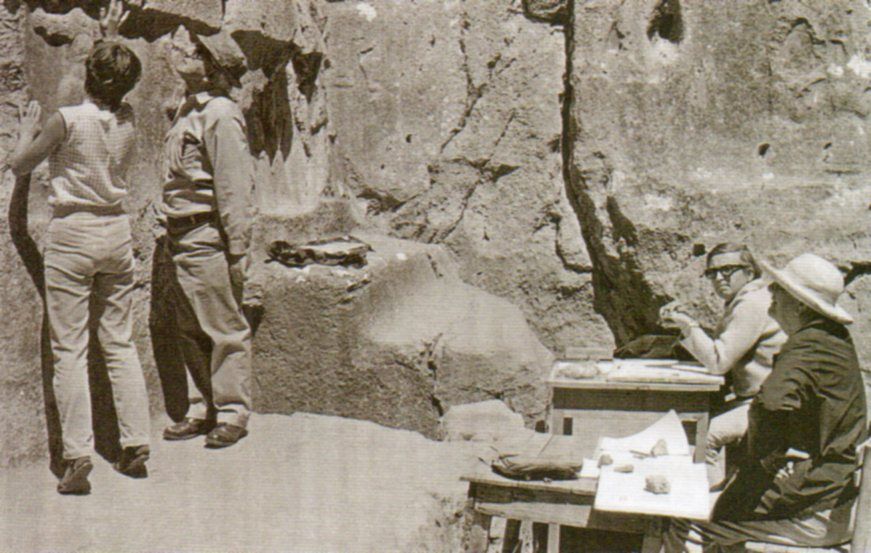He is the first name that comes to mind when it comes to Hittite history: Who is Kurt Bittel?
German archaeologist known for his work in the field of Hittite archeology.

German archaeologist. He is the most prominent scientist of our time in Hittite archeology. He was born in Heidenheim. He graduated from the University of Tübingen and received a doctorate from the University of Marburg in 1930. In the same year, he started working at the Römisch-Germanische Kommission (Roman-Germanic Board) in Frankfurt.
Kurt Bittel (born 5 July 1907 in Heidenheim an der Brenz, died 30 January 1991 in Heidenheim an der Brenz) was a German prehistorian. As president of the German Archaeological Institute (Deutschen Archäologischen Instituts - DAI) and excavator of the Hittite city of Hattusha in Turkey, as well as an expert on the Celts in Central Europe, he acquired great merit.
He served at the German Archaeological Institute in Cairo between 1931 and 1933. He participated in excavations in Egypt and Anatolia. Between 1938-1944 he directed the German Archaeological Institute in Istanbul. From 1946 to 1953 he taught at the University of Tübingen. Beginning in 1951, he attended the newly established Department of Prehistory at the Faculty of Letters at Istanbul University. In 1954, he was again appointed as the head of the German Archeology Institute in Istanbul. In 1960 he was appointed head of the headquarters of the German Archaeological Institutes in Berlin. He retired in 1972.
Throughout his career, he was elected as a member of institutions such as the British Academy in London, the Prehistoric Society in Cambridge, the Royal Irish Academy in Dublin, the Turkish Historical Society, the Bulgarian Archaeological Institute, and the Archaeological Institute of America.
He specialized in prehistory, with research in Germany and Egypt. He contributed to the achievement of healthy results by making corrections in the order of prehistoric cultures in Central Anatolia.
Monumental structures belonging to Hattusa, the capital of the Hittites, were found during the excavations carried out at the beginning of the 20th century in Boğazköy, near Çorum in Anatolia. Bittel started excavations here again in 1931 in order to determine which cultural settlements these structures could be dated. He started his research here because he estimated that the longest settlement in the city was Büyükkale. The accuracy of his guess was immediately evident, the state archive of the Hittites, consisting of thousands of terracotta tablets, was found in the very first excavation pit. The importance of obtaining such written sources also enabled the excavation to continue until today.
With his meticulous research, Bittel focused on the cultural history of the pre-Hittite communities in Anatolia, determined the early spread of the Hittites, and revealed that pre-Hittite settlements were also located in the same places. He explained the figures and scenes portrayed in the reliefs of the Yazılıkaya open-air temple near Boğazköy. Again, Osmankayası tomb finds around Boğazköy proved that the Hittites buried their dead with or without cremation during the Old Kingdom.
Although he dealt with Anatolia in the majority of his research, he also focused on other areas. His publications on various subjects such as Seljuk tombs, Roman roads, Boğazköy king lists, and baroque church structures reveal his versatility. The fact that the number of his works as books and articles has exceeded 250 since his first writing in 1925 is proof of how productive he is. The Boğazköy excavation reports, which he prepared since 1931 with the participation of various excavation friends, have a special place among his scientific studies.
Bittel has made it clear that archeology is in the group of historical sciences in terms of structure and development, he has shown how much history has contributed to archeology throughout his professional life, and he has always looked at the subject as a historian in his own research. The fact that he always correctly evaluated and dated the findings he obtained has made him the world's foremost expert on Hittite archeology.
